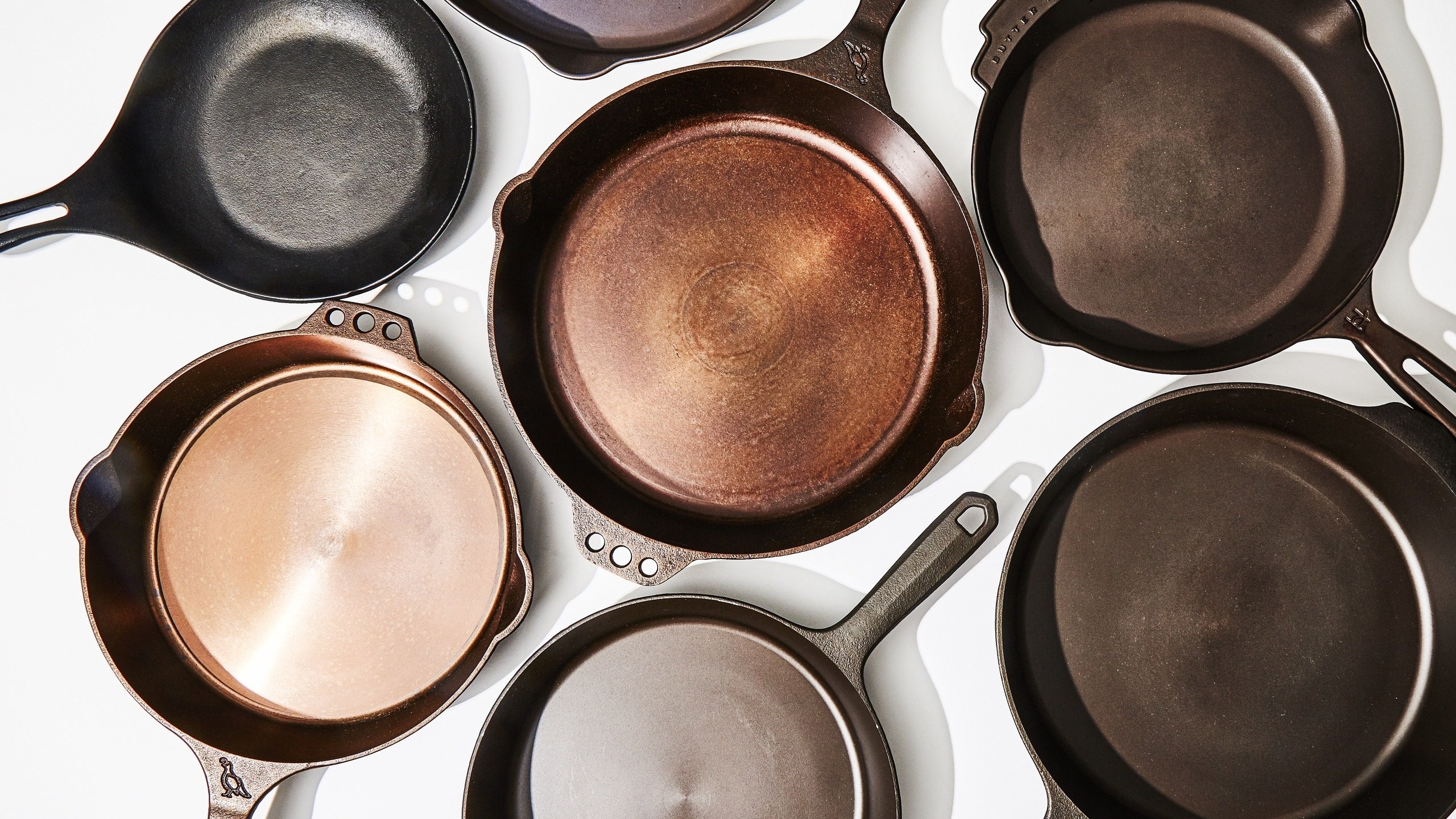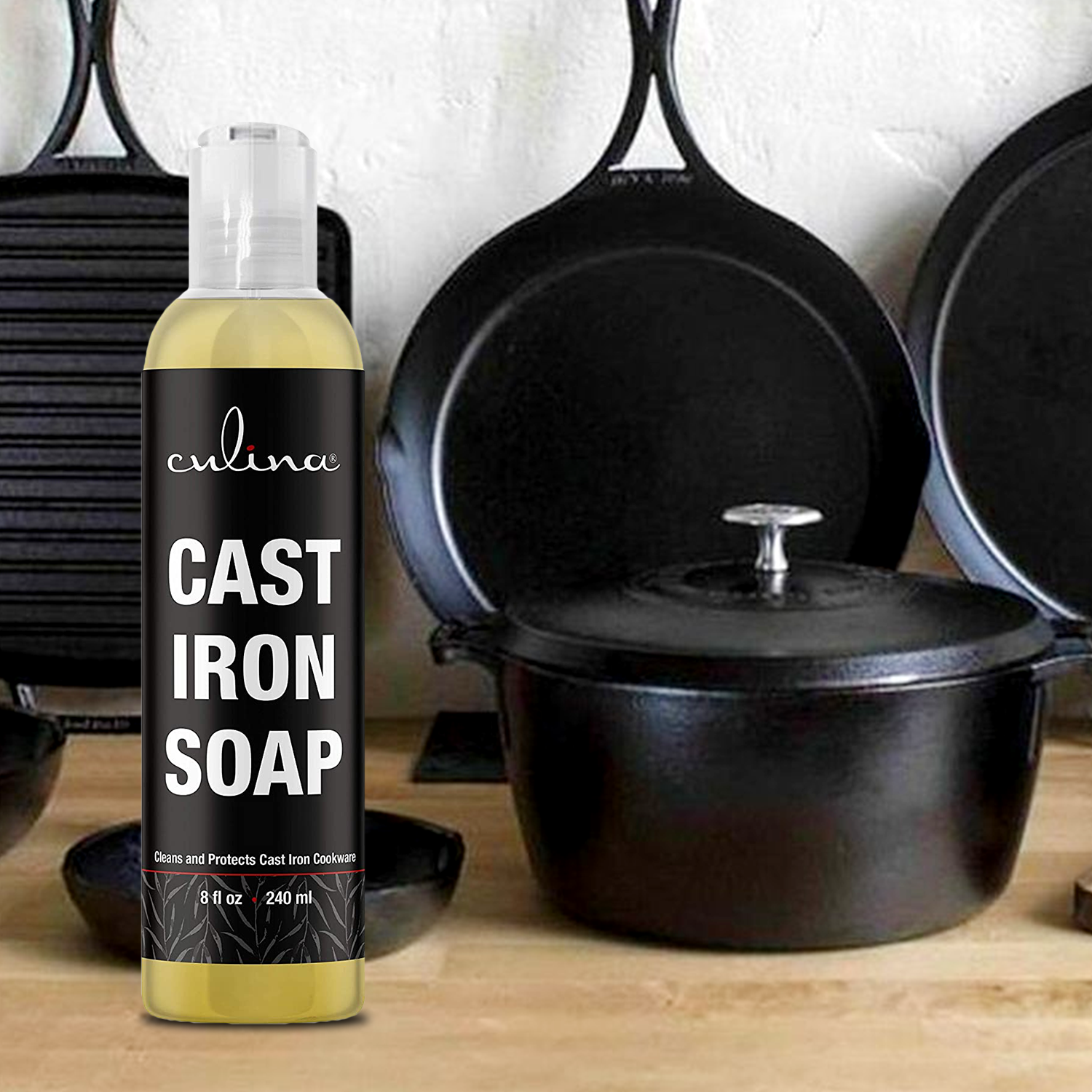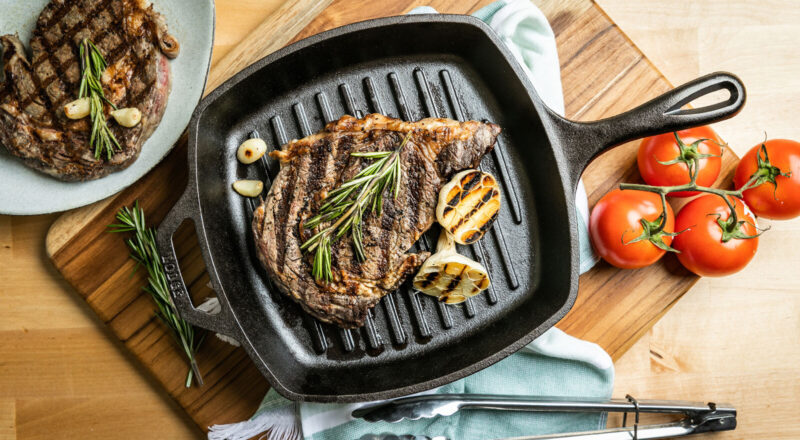If you’ve invested in a cast iron skillet, you know how important it is to maintain its surface for optimal cooking. In this article, we will discuss how to resurface a cast iron skillet and why it is crucial for your culinary endeavors. Resurfacing your skillet can bring back its non-stick properties and ensure it heats evenly. Let’s delve into the steps required to restore your cast iron skillet to its former glory.

Understanding Cast Iron Skillets
Before we dive into the details of resurfacing, let’s first understand what makes cast iron skillets unique. Unlike other types of cookware, cast iron skillets are known for their durability and ability to retain heat. Regular maintenance, such as resurfacing, is essential to keep these impressive qualities intact.

Why Resurfacing is Necessary
Over time, the surface of a cast iron skillet can become uneven and develop rust. This not only affects the skillet’s cooking performance but also poses health risks. By resurfacing the skillet, you can remove the rusty layer and create a smooth cooking surface that promotes even heating and minimizes sticking.

Gathering the Right Tools
Essential Items
- Steel wool or a wire brush
- Sandpaper (various grits)
- Soap and water
- Vegetable oil or flaxseed oil
- Stove or oven
Optional Items
- Protective gloves
- Face mask
- Cast iron conditioner
Step-by-Step Resurfacing Process
Cleaning the Skillet
First, thoroughly clean the skillet using soap and water to remove any food residues. You can refer to our guide on clean greasy cast iron for more details.
Removing the Rust
Using steel wool or a wire brush, scrub the skillet to remove any rust. This might take some time and effort but ensures a smooth surface for cooking.
Sanding the Skillet
Start with coarse-grit sandpaper and gradually switch to finer grits. This process will smooth out any rough patches and create an even cooking surface.
Washing and Drying
After sanding, wash the skillet again with soap and water to remove any debris. Dry it thoroughly to prevent new rust from forming.
Seasoning Your Skillet
Once the skillet is clean and dry, it’s time to season it. Apply a thin layer of vegetable oil or flaxseed oil to the entire surface. Place the skillet in the oven or on the stove and heat it until the oil forms a polymerized layer that creates a non-stick surface.
For a detailed guide on seasoning, check out this external link.
Maintaining Your Resurfaced Skillet
After resurfacing, regular maintenance is key to keeping your skillet in top condition. Always clean it after each use and avoid using harsh chemicals that can damage the surface.
Proper Storage
Store your skillet in a dry place to prevent rust. You can also place a paper towel inside to absorb any moisture.
Common Mistakes to Avoid
Avoid using soap excessively as it can strip away the seasoning. Additionally, never leave the skillet soaking in water for an extended period.
FAQs
Can I use my skillet immediately after resurfacing?
Yes, but ensure it’s properly seasoned first to prevent sticking.
How often should I resurface my skillet?
It depends on usage, but generally once a year or when you notice rust and uneven cooking.
Is it safe to use steel wool?
Yes, steel wool is effective for removing rust but use it gently to avoid damaging the skillet.
As an Amazon Associate, I earn from qualifying purchases.
For more tips and related articles, check out our guide on repair cast iron and learn Dutch oven chicken recipes for delicious meals. Your cast iron skillet can last a lifetime with proper care and resurfacing!

